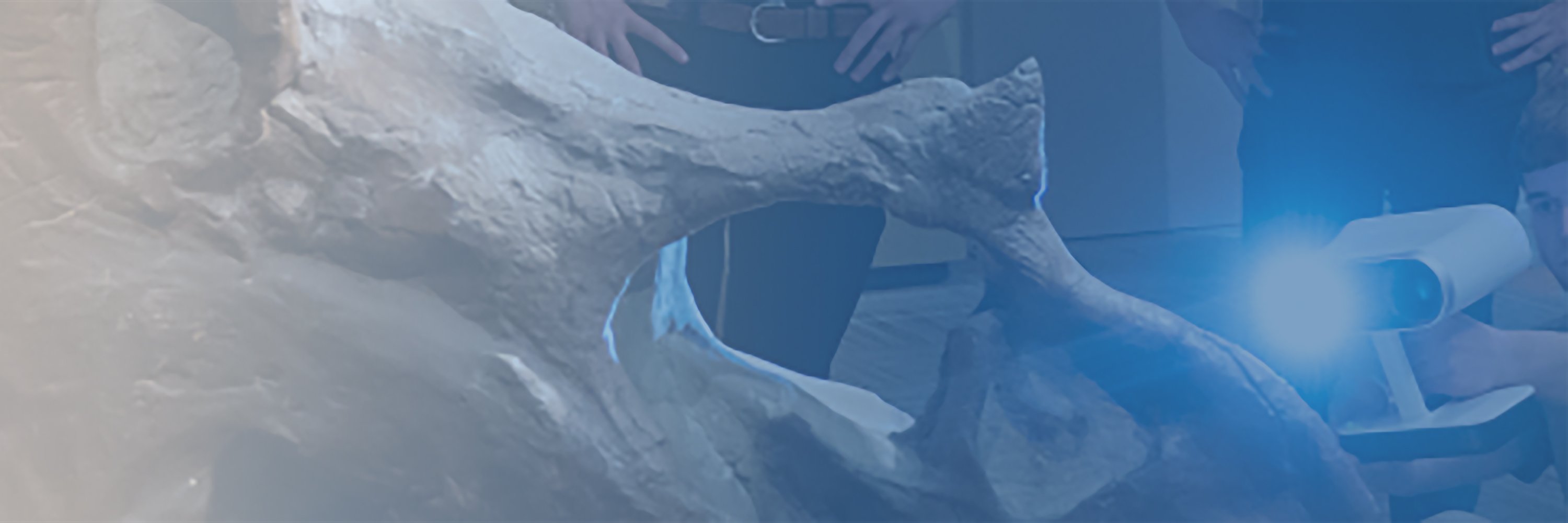My research
I first began using 3D data as a graduate student, when I was seeking new ways to understand horse domestication and early herding societies in Mongolia thousands of years ago. During this time, ritual horse burials—consisting of the skull, neck, and hooves of ancient horses—appeared in the archaeological record all across the Mongolian Plateau. However, we had very few tools with which we could understand whether these horses were wild or domestic, or assess what their relationship was with ancient people. Using a desktop 3D scanner, I began to compare modern and archaeological skeletons of wild and domestic horses, looking for differences in shape or skeletal pathology that might help us understand how Mongolia’s most ancient horses were used. My colleagues and I discovered that many kinds of human activity, such as bridling a horse or using it in transport, leave diagnostic skeletal markers that help identify early domestic horses. 3D models are one important way to document, analyze, and record these changes. As you can see in the 3D model below, these changes tell us that early herders were bridling and using horses as far back as ca. 1200 BCE.
Branching out from our initial focus on horses, my work and that of my students and colleagues at CUMNH has diversified to include a wide range of 3D content, including animal skeletons, petroglyphs, or even 3D models of entire archaeological features or sites. As we navigate the strange new post-COVID world, CUMNH released some of our first digital, 3D exhibits—including “Horses in the North American West”, which uses 3D scans to tell the story of horses and people in the Great Plains and Southwest through museum objects.
3D workflow
Our museum employs a number of different scanning technologies, ranging from our handheld Artec LEO structured light scanner (for large or hard-to-reach objects), to a number of structured light or laser desktop scanners better suited for small museum objects. We use Sketchfab to host and share content for our digital exhibits and other interactive applications, like educational modules for our Girls At the Museum Exploring Science (G.A.M.E.S.) program. Students in our graduate Emerging Technologies in Museum Studies course, through the Museum and Field Studies program, also use Sketchfab to experiment with 3D model creation, virtual reality, and more.
 From left to right: William Taylor, assistant professor of anthropology and curator of archaeology, Carlton Shield Chief Gover, PhD student in anthropology, Nick Conklin (kneeling) of 3D Printing Colorado and Sarah Buckser scan the triceratops skull at the CU Museum of Natural History. (Photo by Glenn Asakawa/University of Colorado)
From left to right: William Taylor, assistant professor of anthropology and curator of archaeology, Carlton Shield Chief Gover, PhD student in anthropology, Nick Conklin (kneeling) of 3D Printing Colorado and Sarah Buckser scan the triceratops skull at the CU Museum of Natural History. (Photo by Glenn Asakawa/University of Colorado)A digital future
Digitizing collections through 3D scanning opens up new doors for the use of animal bones in the museum world. By producing high-resolution 3D models, CUMNH is working to ensure that fragile and significant parts of our cultural heritage such as the artifacts from Olsen-Chubbuck—a Paleoindian assemblage of ancient bison that dates back more than 10,000 years—can be preserved for researchers and the public. Fragile bone fragments can be reconnected digitally, while researchers may use digital models to take precise measurements without damaging the collections. Perhaps most importantly, 3D data like these allow our museum to embrace digital technology like Virtual Reality or 3D printing to share objects with the public and with our constituent communities in new and creative ways.



